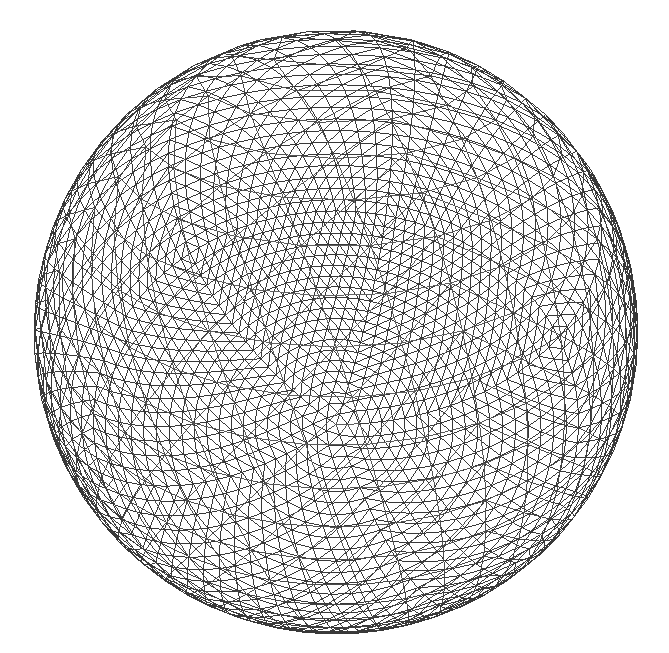problem w/the square tiling woven ones is that u cant do an alternating north in, north out.
the trihexagonal tiling woven ones you can, but you can't have a simple coil topology of just intersecting longitudional coils, cause the hexagons have to be north in and triangles north out or vice-versa. meaning any longitudal coil will have to alternate current direction between line segments.
part of the beauty of triangular tiling is that it avoids both of these problems.
also the tiling can be made arbitrarily small. one could have a sort of "micro-grid", where each coil is composed of really a single thin wire. and the spacing could be made many times smaller than a single electron gyro-radii. also, such a distributed grid would make for a very effective heat sink for itself. that is, the heat production would be spread out very evenly and surrounded everywhere by vacuum. that is, you get nearly maximal passive cooling for free.
it would look something like this:

and could be constructed iteratively from one of the base polyhedra listed in my previous post like so:

















